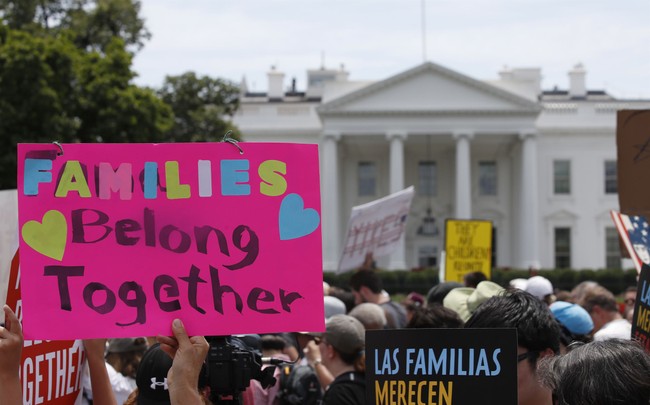What's needed now? More Navy assets that 'REALLY are hard to detect, localize, and destroy' * WorldNetDaily * by Roger Thompson, Real Clear Wire
Sunday, September 8th 2024, 9:14:07 pm
article
views: 141
For decades, the U.S. Navy hierarchy was dominated by naval aviators and nuclear submariners, and even in the 1990s, with the Chief of Naval Operations (CNO) Admiral Mike Boorda serving as the first Surface Warfare Officer to hold the post in decades, nothing could touch the primacy of the supercarrier and its community. Another CNO, the nuclear submariner Admiral Frank B. Kelso was known to be a staunch supporter of big aircraft carriers, and once told me that without them, the U.S. Navy was nothing but “a big coastal force.” Congress loves big carriers as well, which makes sense as most are mainly interested in the jobs delivered to constituents to build, staff, maintain, supply, and equip these behemoths and their huge crews. Thanks to Navy propaganda, and aviator admirals in the 1950s and 1960s, many Americans have accepted the myth that naval aviation was completely and solely responsible for the defeat of Japan. Naval aviators don’t want people to know very much about the contributions of the other communities in the U.S. Navy, like submarines, and they specifically don’t want to fully acknowledge the enormous victories won by the Soviets in the war, or the Royal Navy and Royal Canadian Navy (RCN) in the pivotal Battle of the Atlantic. No, you’re better off not knowing too much about those “trivial” contributions.
Breaking
California's AB 495 bill risks parental rights by allowing unvetted adults to assume guardianship....
University of Idaho killer Bryan Kohberger was investigated in Washington for breaking into a home full of college girls with a knife -- eerily matching details of the quadruple murder he pleaded guil...
"Big Balls" DOGE staff member was allegedly severely beaten after intervening in an attempted assault against a woman in Washington D.C., according Musk....
Bolsonaro faces house arrest amid accusations of violating censorship orders....
An estimated 28 million kids in the U.S. don't have easy access to parks or green spaces, according to the nonprofit Trust for Public Land....








